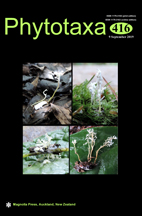Abstract
A taxonomic revision of Hibiscus trionum from Egypt was undertaken using morphological and cytological studies of field collections and herbarium specimens. The data indicate that all specimens so far collected in Egypt belong to H. tridactylites, rather than H. trionum. This paper includes a comprehensive description of H. tridactylites, its occurrence, a comparison with other species in the H. trionum complex, and comments on habitat, along with images for easy identification. In addition, chromosome counts for this species from Egypt have been determined for the first time, which add to existing information on chromosome counts for the species from different regions of the world.

